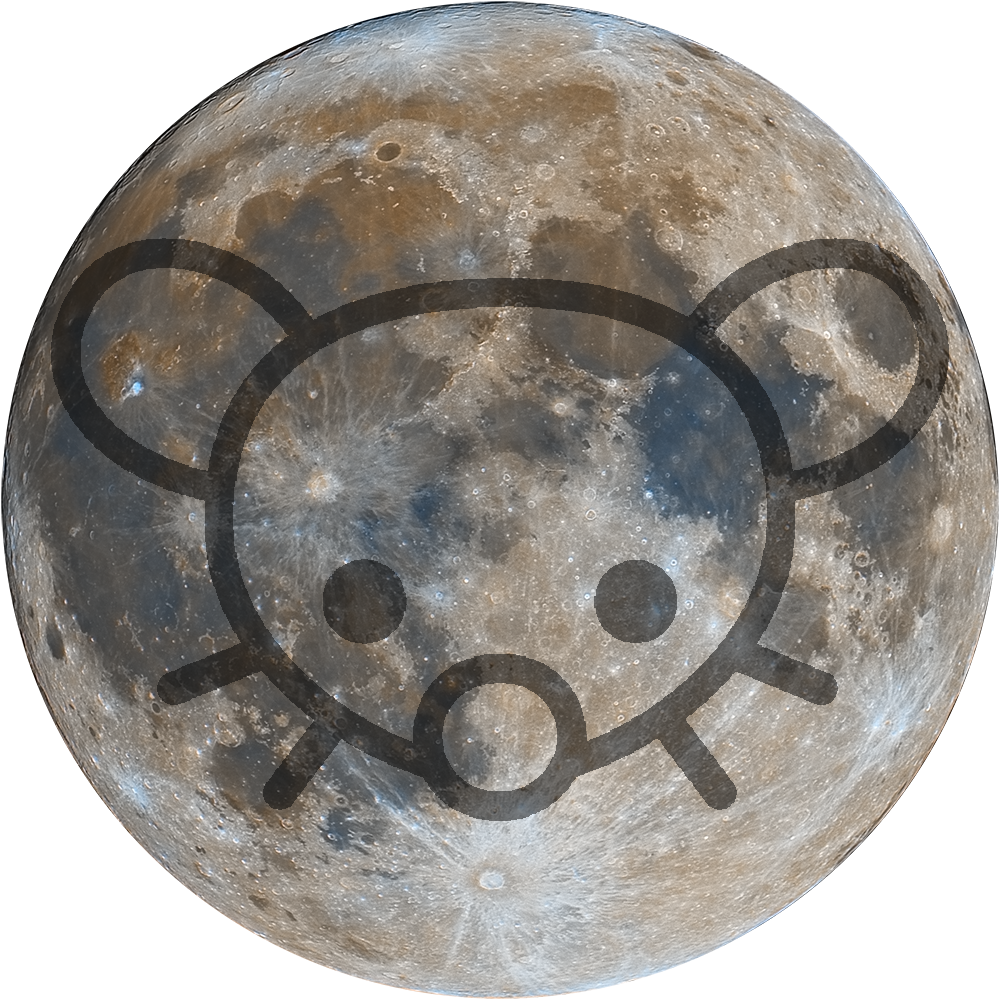Hey everyone, I’ve been a long time photographer on a hiatus. Ever since learning about the existence of EQ mounts I have been excited to get back into photography and try the astro side of it.
I have a 300mm f/2.8 lens for my DSLR and am wondering if that focal length is any good. Thanks!


Also a couple of helpful links.
Clear Sky Chart http://www.cleardarksky.com/csk/index.html this is helpful in predicting if you’ll have good conditions (not just weather) for taking photos. Bad atmospheric conditions can lead to blurry / fuzziness even if you do everything right.
Dark Sky Finder https://darksitefinder.com/map/?i=%2F%234%2F39.00%2F-98.00 if you live near a city getting out to places with less light pollution will drastically improve the quality of you photos. This can help you find places with less light pollution near you. Main reason I don’t do as much astro now is moving from a small town to a small city in a metro area so its much harder to get a darker sky without driving over an hour.
These are great, I hadn’t given much thought to the atmospheric conditions besides the obvious clouds. I found my city’s astronomy club that I plan to go and meet with the next time the weather permits a star party.
Can a 300mm lens get images like all the common nebulae photos (I have a full frame so it’s 300mm even)? I know some are further away but I’m sure you understand the idea I’m going for. I’m less interested in planets and I believe those require crazy long focal lengths.
Further away doesn’t always mean smaller. You’re going to want to be more concerned with angular size and magnitude (brightness). With 300mm I’m pretty sure you should be able to resolve most of not all Messier objects (assuming you’re in the northern hemisphere). They definitely aren’t going to dominate the frame but you should be able to tell they’re there.
*edit: just looked at the Messier catalog and some of them probably are going to be hard to resolve without at least a small telescope. But there are a lot of options that should be fine at 300mm.
I’ll start my journey with Messier then. Sounds like a great place to focus on. Thanks for pointing me in the right direction
I appreciate all the tips. I’ll definitely pay more attention to those key words (angular size and magnitute) when I come across them. I am in the northern hemisphere
Just to give an idea of how you don’t need really expensive stuff to get into the hobby this is an early shot I did of M42 (Orion Nebula). Nikon D3200 200mm f5.6 ISO1600. It’s a set of 200 images (light frames) stacked using Deep Sky Stacker with 30 bias, 60 dark, and 0 flat frames. This was shot in my bark yard, from a cheap aluminum tripod with no tracker and a lot of sodium street lights in the area so the seeing conditions were fairly poor. https://i.imgur.com/OboEruo.jpeg
Huge recommendation for taking notes. Especial of any camera settings that don’t get captured in metadata. And if you not a data hoarder and don’t keep all your frames after processing then notes on how may you took of each, etc. Weather / seeing conditions. That way you can go back and see what works and what doesn’t work for you.
Also a good rule of thumb you can always subtract data and make your shots darker as long as they’re not blown out, but you can’t recover lost data if your shots are too dark. So take photos that are as bright as you can without blowing them out and without having a ton of noise from super high ISO. Stacker software helps with the noise but it’s still something that’ll probably require trial and error.
Imgur provides an error saying it’s over capacity. I’ll check back later, I’m really interested to see your photo. How long were each of your exposures?
Good advice, I’ll definitely keep a notepad in my bag.
Alright, I’ll keep my histogram as close to maxing the bright side without clipping.
On average, how many gigs of storage do you use to complete one photo? Also what’s the size of the final image?